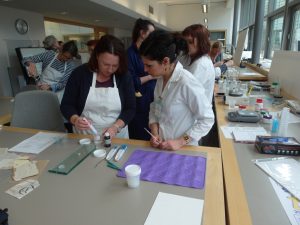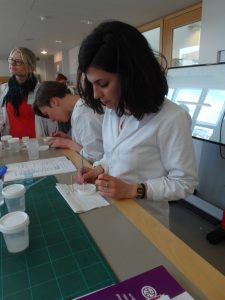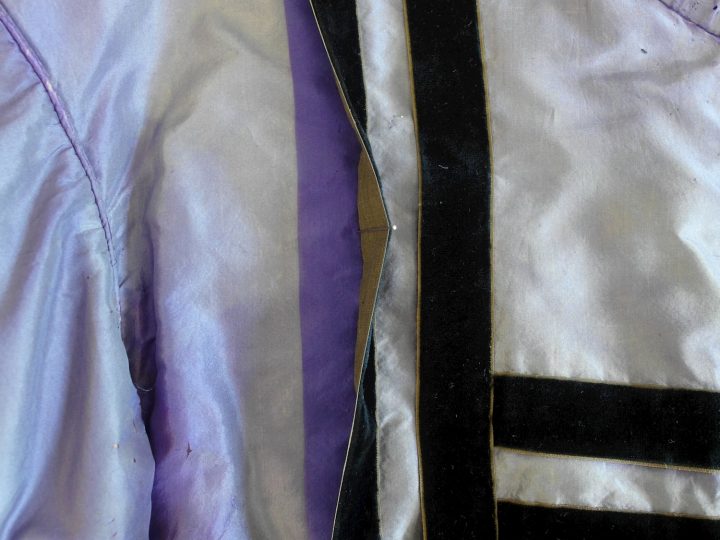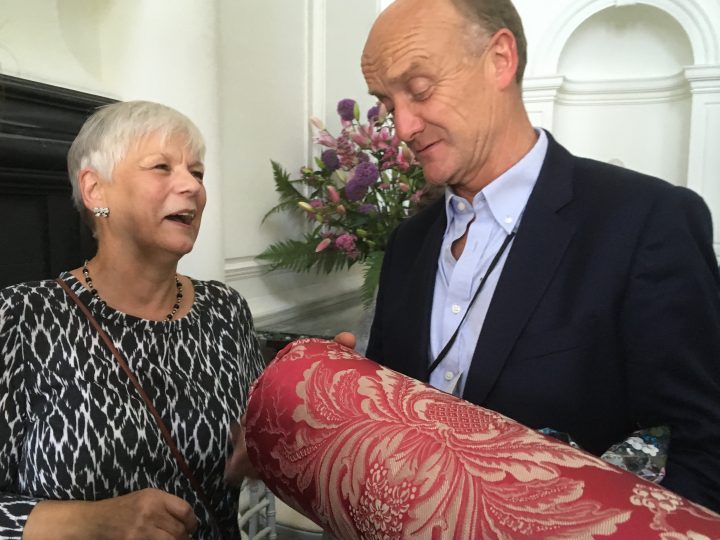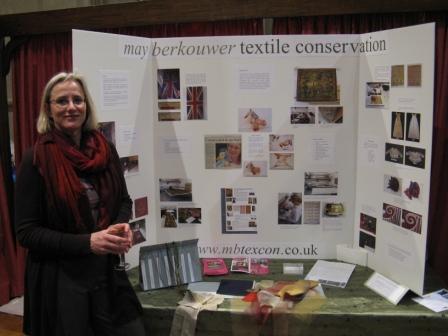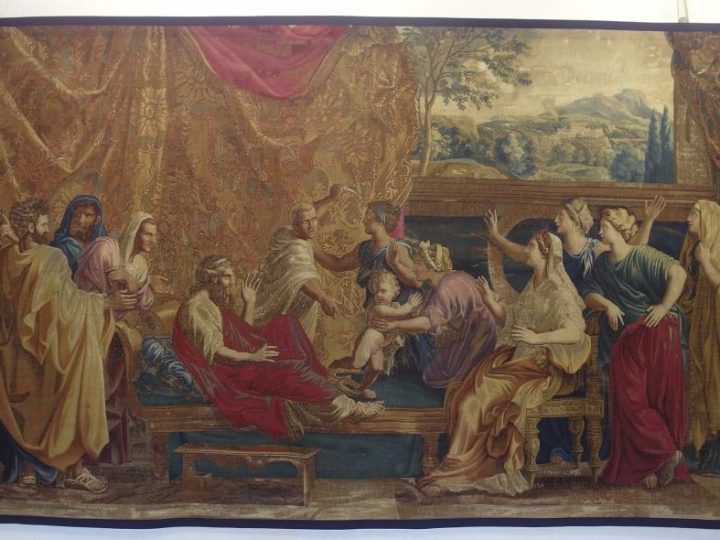Richard Wolbers Course
International Academic Projects
British Library, 5th – 7th June 2017
By Anna Peck
May, Maria and myself, all attended the Richard Wolbers course ‘New methods for cleaning paper and textiles’ which was held over 3 days at the British Library.
I have wanted to attend one of Richard’s courses for some time now, so was delighted to get a place on the course in London and grateful to have been offered a grant from the Anna Plowden Trust towards the cost.
Having joined the ICON pathway for accreditation, I hoped the course would help towards broadening my knowledge of wet cleaning techniques, thus enabling me to strengthen my accreditation application.
The course was made up of morning lectures followed by practical sessions in the afternoons. This structure to the day was extremely helpful as it meant you had the opportunity to immediately put the morning’s theory into practice whilst the knowledge was still fresh in your mind.
Maria and I testing conductivity
We began with the task of looking at measuring the pH and conductivity of individual objects. We used gel plugs (which we cast ourselves) to collect this data and measured the readings. Richard emphasised the importance of taking these two primary measurements to establish the isotonic level of an object before designing an aqueous solution, tailor-made to fit individual fabrics.
We were then given guidance on the parameters to work within when designing wash solutions and the importance of swelling the fibres to the same level for both washing and rinsing. We looked in more depth at the use of buffers to stabilise the pH and the use of chelators to help release soiling and practised with different recipes containing various combinations.
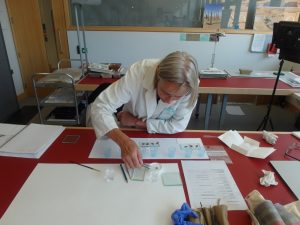
May experimenting with cleaning tests
As the course progressed we looked at the benefits of using the capillary action of gels and tried our hand at casting gel pads with different cleaning solutions. We experimented with the same solutions in emulsions, testing their cleaning ability on different stains and fabrics.
Maria cleaning with emulsions
We all found the course intellectually challenging, thought-provoking and thoroughly enjoyable – it has broadened our understanding of the science behind wet cleaning and the new techniques available. We started applying this new knowledge as soon as we returned to the studio!
International Academic Projects

